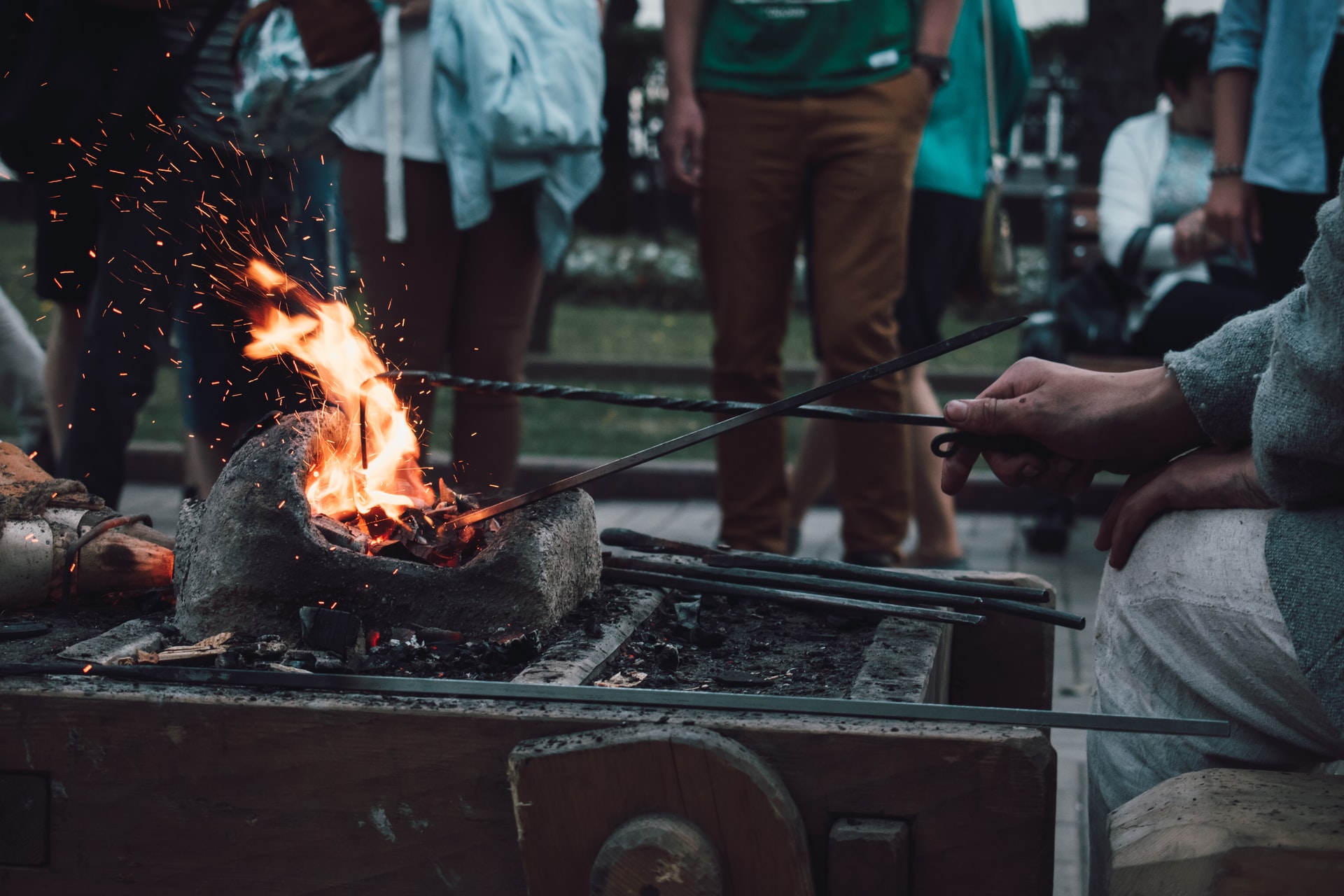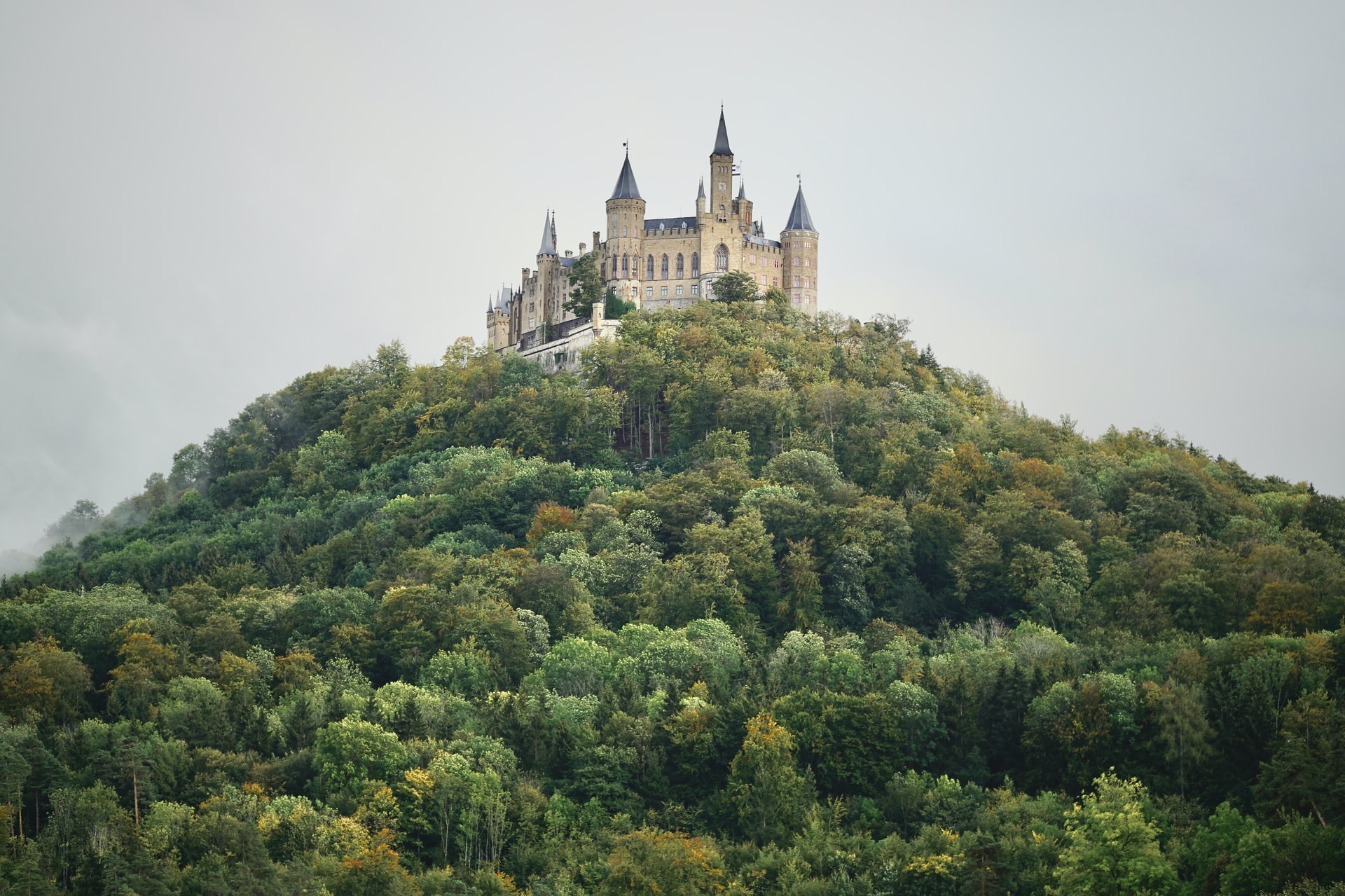The Iron Age is one of the most significant periods in human history. It is characterized by the emergence of different types of iron-based tools and weapons.
Iron Age is an era that came after bronze age and before the medieval era. The Iron Age begins around 1200 BC and lasts until around 400 AD. It was preceded by the Bronze Age, which was characterized by copper-based tools and weapons, while it was followed by the Medieval Era, which was characterized as a time when swords were used for battle.
The Iron Age is also known for its farming settlements, which were first established in Europe about 3200 BC. This period also saw a rise in trade between different cultures across Europe during this time.
What is Iron Age Clothing and Kit Guide?
The Iron Age is a period in the development of human history that began around 1200 BC and ended around the beginning of the Common Era. It is considered to be one of the most important periods in human history, as it saw advances in technology, urbanization, and culture.
The Iron Age Clothing and Kit Guide is a website that provides information on how to make clothes and equipment for life during this time period. It also has a database of archaeological finds from this era.
The Iron Age Clothing and Kit Guide was created by archaeologists who wanted to share their knowledge with others interested in archaeology.
From The Bronze Age To The Iron Age: Was Iron REALLY Better Than Bronze?
What Did People Wear in the Iron Age?
The Iron Age refers to a period in the history of humankind that occurred between approximately 1200 BC and 500 AD. It is commonly accepted that the Iron Age was a time when people began to use iron for tools, weapons, and other implements.
The Iron Age is also known as the Early Bronze Age or the Bronze Age in Europe. The Middle East and Africa also have their own names for this era. In China it is called the Shang Dynasty and in Japan it is called Yayoi Period.
Clothing Styles During The Iron Age
The Iron Age is a period in European history that started around 1200 BC and ended with the fall of the Western Roman Empire. There were many different clothing styles during this time period.
The Iron Age was a time when people wore clothing made out of animal hides, wool, linen, and other natural materials. Some of these outfits were quite elaborate and even had decorative designs on them.
During this era, there were many trends in fashion. Some trends included wearing colorful clothes or using animal pelts to create clothes or blankets for warmth or decoration.
The Four Major Climates of Europe in the Iron Age – Where do Cultural Influences Come From?
The Iron Age is a period in European prehistory from the end of the Bronze Age to the beginning of the Iron Age. It is preceded by the Chalcolithic and succeeded by the Dark Ages.
Europe was going through a lot of changes during this time period, but what caused these changes? Climate change or seasonal changes that might cause cultural change?
The four major climate zones of Europe during this time were:
- The Mediterranean climate zone: This is where most of Europe’s population lived and where most agricultural practices took place. It has warm summers and mild winters with rainfall coming mostly in winter months.
- The Continental climate zone: This includes all of central, northern, and eastern Europe. These areas have cold winters with snowfall occurring in winter months. They also experience warm summers.
- The Alpine climate zone: This includes the Alps and the mountainous areas of France, Italy, Austria, Switzerland, Germany, Slovenia and Romania. Summers are cool to cold with snow in higher elevations during winter months. Winters are mild with snowfall in the winter months but temperatures hover around freezing in lower elevations.
- The Arctic climate zone: This is located in Alaska, Greenland, Siberia, northern Canada and Scandinavia. This zone is mostly covered in snow with temperatures as low as -40 degrees Celsius in the winter months. Summers are cool to cold with snowfall occurring during winter months but temperatures hover around freezing.The Native Americans were the first people to inhabit North America.
Other topics about history:
- Why it’s Harder to Understand the Roman Empire Than You Think
- What We Learn from Medieval History and How It’s Still Relevant Today



